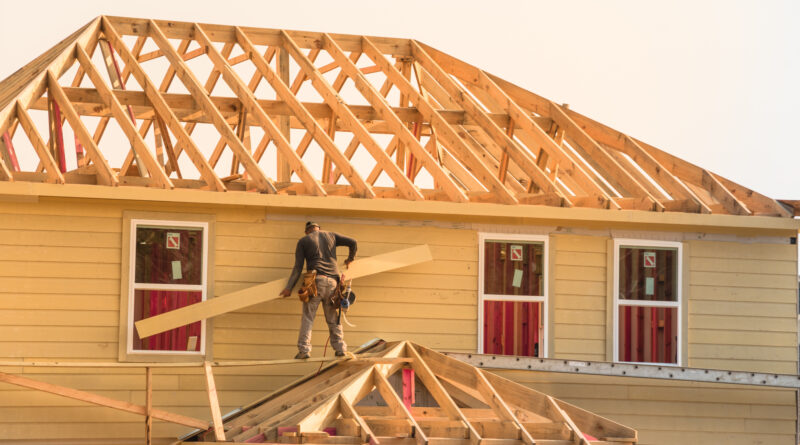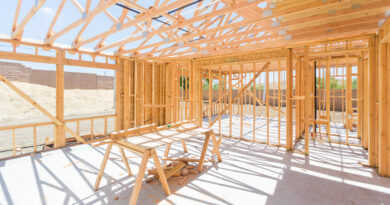Here Are Three Approaches To Increase U.S. Housing Supply
To address the U.S. Housing Shortage, real estate professionals emphasize the need to increase housing supply by building homes in bulk, investing in vocational training to expand the workforce, and promoting local engagement to combat NIMBYism. These approaches aim to tackle key challenges like labor shortages, production inefficiencies, and community opposition to new developments.
According to CoStar, adding houses should theoretically make it harder for buyers to bid up prices by allowing supply to meet demand. But over the course of the three-day NAR NXT conference in Boston, panelists, speakers and attendees agreed this is easier said than done.
“At the end of the day, if it was that easy we probably wouldn’t be facing the incredible housing shortage that we currently have,” Kathleen Heyer, an associate at law firm Pierce Atwood, said during a panel discussion.
The United States faces a historic undersupply of housing, with analysts and economists estimating the country is short between 1.5 million and 5.5 million of the homes needed. It’s an issue that’s gone hand-in-hand with worsening housing affordability and pushed the dream of homeownership out of reach for many.
Here are three suggestions from the real estate leaders and attendees to increase housing supply in the United States.
1) Build in bulk
One way to increase the production of housing, and in turn the supply, is to change how developers build homes.
“It’s not working the way we’re doing it,” Heyer said.
After the 1970s, builders in the U.S. “started getting smaller,” according to Edward Glaeser, an economics professor at Harvard University and a panelist at NAR NXT. Now, the building industry is “an industry that’s dominated by these tiny firms who don’t have technology operations, who don’t patent the way they used to,” he said during a panel.
That’s hampered homebuilding and limited the kinds of homes that developers can build. Instead, Glaeser suggested that builders look to “mass scale” production, a move that could, for example, up their production of manufactured houses.
It’s a business model that’s already taken hold in some areas of the country where less red tape and regulation exist, Glaeser said. In other places, though, achieving that business model would mean contending with higher costs and potential pushback from residents.
2) Invest in vocational training
Another way to ramp up housing production is to invest in the workforce responsible for homebuilding.
The U.S. is on the brink of a labor quandary amid a growing mismatch between the number of skilled trade workers aging out of the workforce and the number of younger people entering the trades. The decline in trade workers comes as the demand in the labor force is set to expand, according to a report from consulting firm McKinsey & Co. from earlier this year.
And the mismatch between labor supply and housing demand has created costly slowdowns in the homebuilding industry. Analysts, economists and legislators have called out the issue, arguing that the shortage of labor has hampered production.
“With fewer skilled workers available, construction can take longer, driving costs up and making it harder to keep homes priced affordably,” Sen. Jacky Rosen from Nevada said in a statement in September. “It is simply too expensive to build affordable housing in this high-cost environment, and a shortage of construction workers contributes significantly to those rising costs.”
3) Local engagement
Though real estate leaders put forth different ideas for easing the housing shortage, almost all of them included one strategy in their proposals: community engagement to combat NIMBYism.
The not in my backyard, or NIMBY, movement centered on residents generally opposing development in their communities. It’s one of the biggest threats to local legislation that can increase housing production, and movement members often make up a majority of the attendees at local government meetings where such legislation is discussed.




